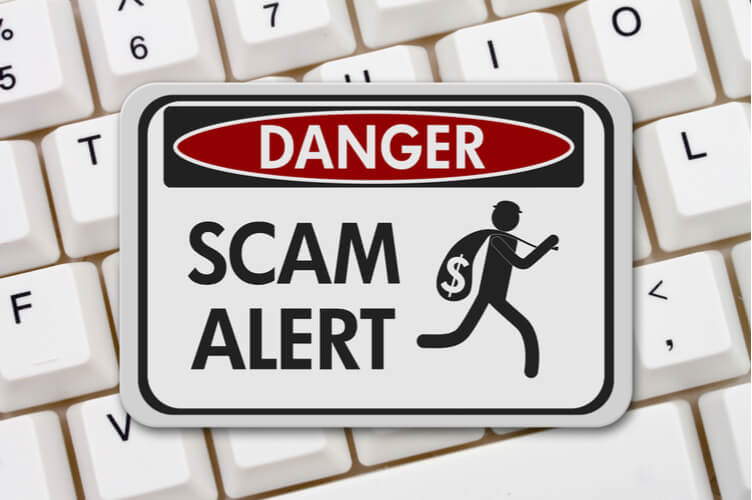Today, there are almost 1,500 different cryptocurrencies to choose from when building a digital asset investment portfolio. You have the choice between longstanding digital currencies such as bitcoin (BTC) and litecoin (LTC), cryptocurrencies that are used in smart contract platforms such as Ethereum (ETH) and Neo (NEO), utility tokens such as Storj (STORJ) and Siacoin (SIA) as well as tokenized securities such as Overstock’s tZero.
Balancing Crypto Holdings
This multitude of choice can make it difficult for investors – especially newcomers to the cryptocurrency world – to know what asset mix to choose for their investment portfolio.
In this guide, you will learn how to construct a well-balanced digital asset portfolio that suits your investment needs and risk preferences as an investor.
Core Holdings: Bitcoin and Ether (50 to 60 Percent)
The biggest holdings in your digital asset portfolio should be the two leading cryptocurrencies bitcoin (BTC) and ether (ETH). They should make up between 50 to 60 percent of your total crypto asset portfolio depending on your risk preference.
Bitcoin and ether are the two largest cryptocurrencies by market capitalization and have established themselves as the two most valuable digital assets in the market. That is also why these two cryptocurrencies are receiving the bulk of new investor money inflows into the digital asset market. That is a trend that will likely continue in 2018. Also, compared to altcoins with lower market capitalizations, these two coins also have a lower volatility, i.e., are perceived as being less risky than their peers.
Source/More: How to Construct a Diversified Crypto Asset Portfolio | BTCMANAGER















